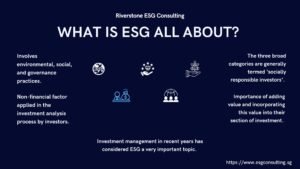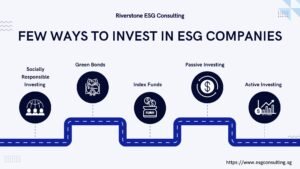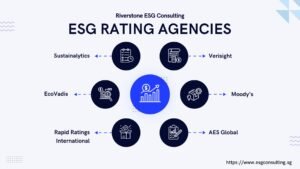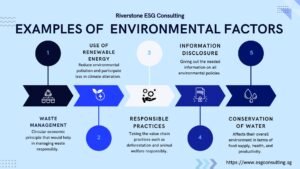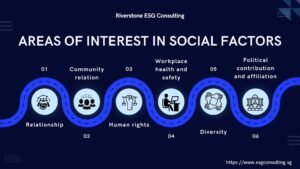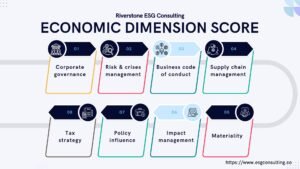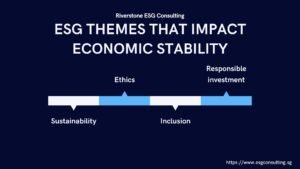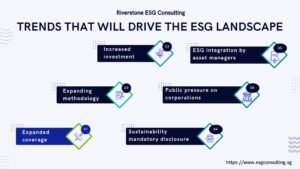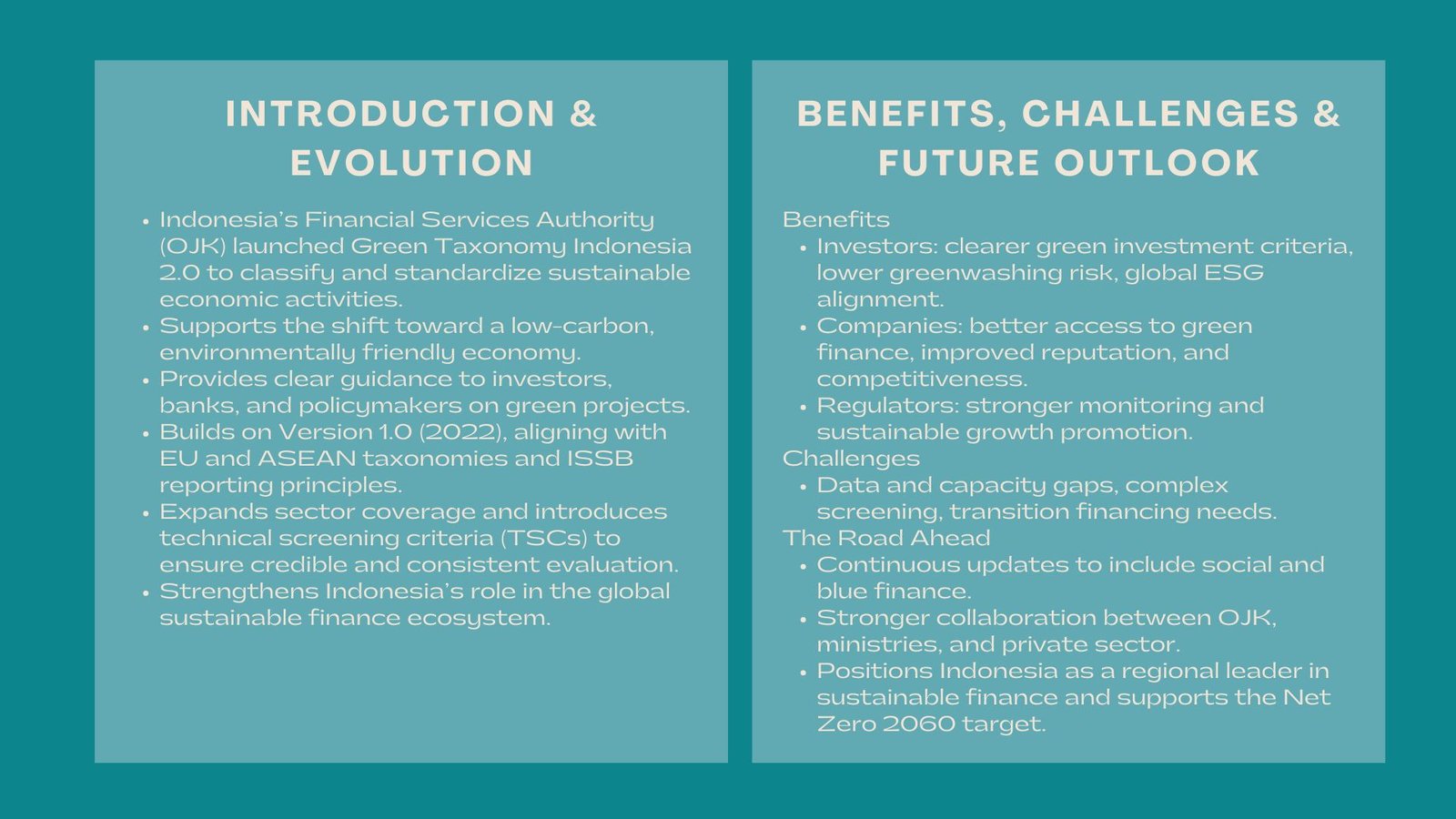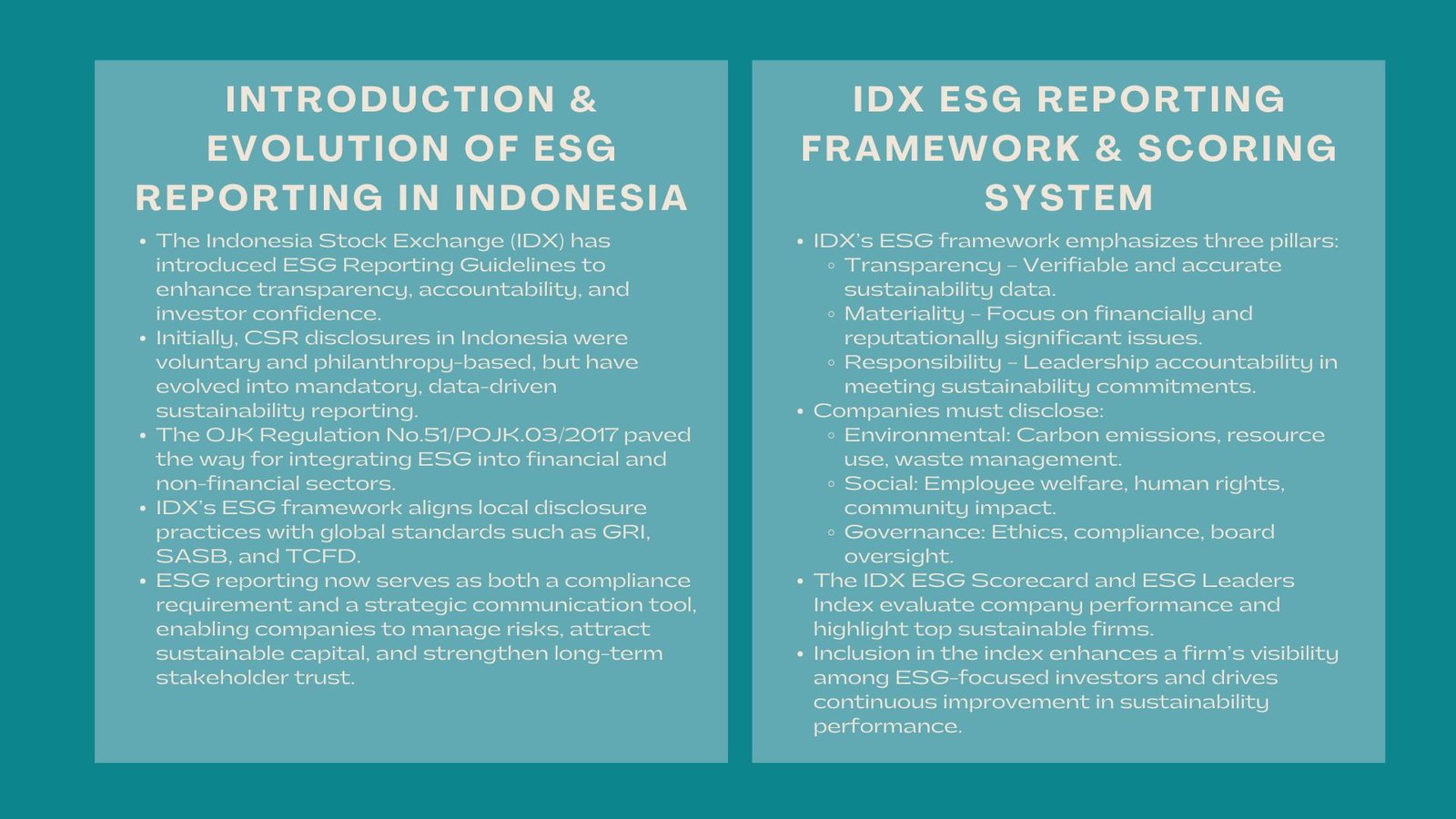Climate-Related Disclosures under SGX Listing Rules
Introduction to SGX Climate-Related Disclosure Rules
Regulators across the world are raising the level of sustainability reporting as the world keeps facing the impacts of climate change, to promote transparency and accountability in global economies. One example is the Singapore Exchange (SGX) in Singapore that has led the pack by requiring listed companies to disclose climate-related information- new rules that would change how companies measure, manage, and report environmental risks.
These regulations are the beginning of a new era of corporate governance and investor relations. Businesses are no longer just supposed to provide financial performance but also how climate change affects their business, business strategy and sustainability. These are the requirements that any business that intends to stay afloat and competitive in the changing sustainability environment should understand under the SGX listing conditions.
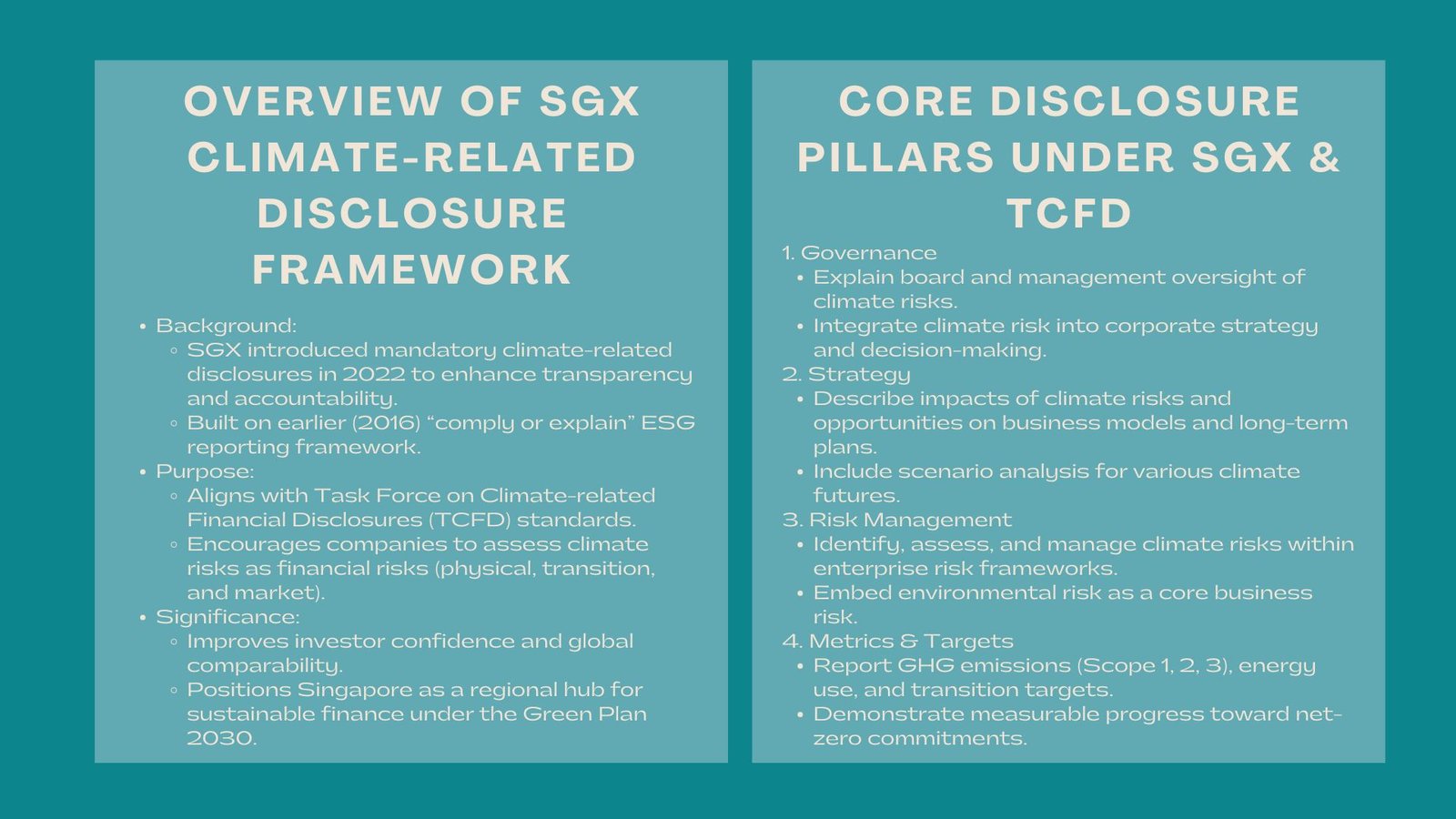
Climate Reporting in Singapore.
The process of sustainability reporting in Singapore commenced in 2016 when SGX set up a so-called comply or explain framework of the sustainability disclosure. Corporations had to publish annual sustainability reports of material ESG (Environmental, Social and Governance) aspects.
Nevertheless, with the shift of global focus to the issue of climate risk and net-zero commitments, SGX realized that a more standardized and transparent disclosure framework is necessary. This saw the introduction of the mandatory climate-related disclosure requirements in the SGX listing rules in Singapore in accordance with the best practices across the world.
Since 2022, SGX requires issuers to incorporate climate-related disclosures on the basis of the recommendations of the Task Force on Climate-related Financial Disclosures (TCFD) making Singapore one of the first such markets in Asia to adopt such high-climate standards.
The reason why Climate disclosures are important to businesses.
The risks associated with climate are being perceived as financial risks. An increase in temperature, extreme weather conditions, and the global decarbonization policies can all have a direct impact on the work of a company and its supply chains as well as the value of assets. Investors are now insisting on transparency on the way organizations will adapt and prosper in a low-carbon economy.
Climate disclosure is important in assisting companies:
- Show sustainability to the investors.
- Find opportunities during green innovation and sustainable finance.
- Enhance the stakeholders and corporate reputation.
- Sharpen business strategy to that of Green Plan 2030 and global net-zero targets in Singapore.
Covering climate-related reporting, the SGX ensures that the companies report on similar, decision-useful information that will help the investors evaluate both risks and opportunities related to climate change.
Overview of SGX Climate Disclosure Requirements
The mandatory climate-related disclosure requirements under SGX listing rules in Singapore require listed companies to integrate climate governance and risk management into their corporate reporting frameworks.
These disclosures should be consistent with four pillars of TCFD framework:
Governance
The companies should explain how the board monitors the climate risks and how the management can evaluate and manage these risks. This involves the incorporation of climate into the strategic making and the corporate goals.
Strategy
By doing this, the business will have to describe how the risks and opportunities associated with climate can affect their business model, business strategy, and financial plan. This includes both the short-term and long-term consequences, e.g. carbon taxes, shifts in consumer demand or physical risks of climate.
Risk Management
The companies need to map out the identification and measurement of the risks associated with climate and their management within the overall risk management systems. This will make the climate risk a fundamental business risk rather than a marginal issue, emphasizing the importance of Certified Risk Management Training Singapore.
Metrics and Targets
Businesses are expected to report the metrics and targets in terms of measuring and controlling the areas of risk and opportunities associated to climate. This usually involves greenhouse gas (GHG) emissions, energy consumption and transition targets.
These pillars bring consistency, comparability and transparency among companies and industries- whereby, the stakeholders can assess performance and resilience in a standardized way.
TCFD Alignment and Global Consistency
The TCFD-aligned climate risk reporting framework for SGX-listed companies in Singapore represents a significant leap toward international harmonization. The TCFD, established by the Financial Stability Board, provides a globally recognized structure for disclosing climate-related financial risks and opportunities.
Through the incorporation of TCFD principles, SGX will protect the consistency of the corporate disclosures of Singapore in accordance with the global sustainability practices and will make local companies more appealing to foreign investors. This alignment is also in line with future world frameworks, like the International Sustainability Standards Board (ISSB), which works out of the TCFD recommendations.
TCFD-compliant reporting stimulates firms to step out of the qualitative reporting and move towards a more data-oriented and future-oriented reporting model. This usually involves climate scenario analysis – running business models at various temperature rise conditions to understand resilience.
Who Must Comply and When
The climate disclosure requirements by SGX are introduced in stages:
- Key industry (financial, agriculture, energy, food, and transportation) primary-listed issuers must make disclosures on TCFD-aligned disclosures starting financial year 2023.
- Other listed issuers are obliged by financial year 2024.
- It is recommended that companies incorporate external assurance on their sustainability and climate disclosures to make the report more reliable and believable.
To establish smooth transition, SGX has given directions and climate-related reporting templates, and collaboration with the Accounting and Corporate Regulatory Authority (ACRA) to harmonize reporting standards.
Challenges in Implementation
Although the framework is very clear, there are a number of practical issues which are experienced by companies in the achievement of complete compliance:
Availability of Data and Quality.
Gathering precise information regarding emission, energy consumption and the influence of the supply chain may be complicated- particularly in the case of companies that have a presence in various jurisdictions.
Internal Capabilities
Most organizations do not have in house knowledge on climate risk assessment and reporting. This has resulted in increased demand of ESG specialists and training.
Scenario Analysis
Climate scenario analysis needs highly sophisticated modeling and assumptions regarding the future changes in the environment, regulation and the economy.
Assurance and Verification
There are costs and time required to get third-party assurance of climate data, and this is more and more required to achieve credibility.
Preparation of Companies to Compliance.
In order to comply with the new SGX requirements, the companies are expected to be proactive in a systematic manner.
Strengthen Governance
Create a sustainability or ESG committee in the board to be in charge of climate risk management and climate risk disclosure. Good governance is a guaranty of accountability.
Develop Capacity and Sensitization.
Training on sustainability teams and finance officers on the principles of TCFD, risk modelling and disclosure best practices.
Embark on Enterprise Risk Management.
Build environmental and climate risks into enterprise risk management systems, with a uniform monitoring and mitigation of risk being implemented across departments.
Develop Robust Data Systems
Install mechanisms to measure, evaluate and report sustainability metrics, such as Scope 1, 2 and 3 emissions.
Engage External Experts
Collaborating with ESG consultancies such as Riverstone ESG Consulting may offer technical know-how in gap identification, TCFD alignment as well as assurance preparation.
The advantages of TCFD-Aligned Reporting.
The advantages of transparent climate disclosure are tremendous, despite the fact that compliance can be perceived as a difficult task:
- Investor Confidence: Investors would like to invest in companies that are open regarding their climate resilience and exposure of risks.
- Operational Efficiency: Environmental risk knowledge can minimize the consumption of energy and operating expense.
- Strategic Advantage: Firms that incorporate climate in strategy have an upper hand in the future regulatory and market adjustment.
- Reputation and Brand Value: Open reporting reflects its responsibility and willingness to be sustainable.
Vision of Singapore in Sustainable Finance.
The transition by the SGX towards compulsory reporting of climate is in line with overall sustainability vision in Singapore. The government intends to make the country a prime green finance destination in Asia and attract the global capital on sustainable projects.
This dedication is also supported by the MAS activities like the Green Finance Industry Taskforce (GFIT) and the Singapore Green Finance Taxonomy, which all work to lead the financial sector in its low-carbon development.
With the growing requirement of investors to see climate accountability in companies, the climate disclosure framework would position SGX at the top of responsible business practices among Singapore-listed companies.
Conclusion
The Climate-Related Disclosures of SGX Listing Rules is a historic day of transformation of the Singapore capital markets. One way that SGX makes sustainability the core issue of corporate decision-making is by making companies include information about climate-related governance, risks, and strategies as a mandatory requirement.
Though compliance is a time-consuming task, it is also a chance that companies get the chance to future-proof their business models, develop trust in investors, and play a significant role in the transition to green Singapore. As climate risk is as much a financial risk as ever, reporting transparently and accountably is not an option anymore, but the only way to be resilient and grow in the long term.

